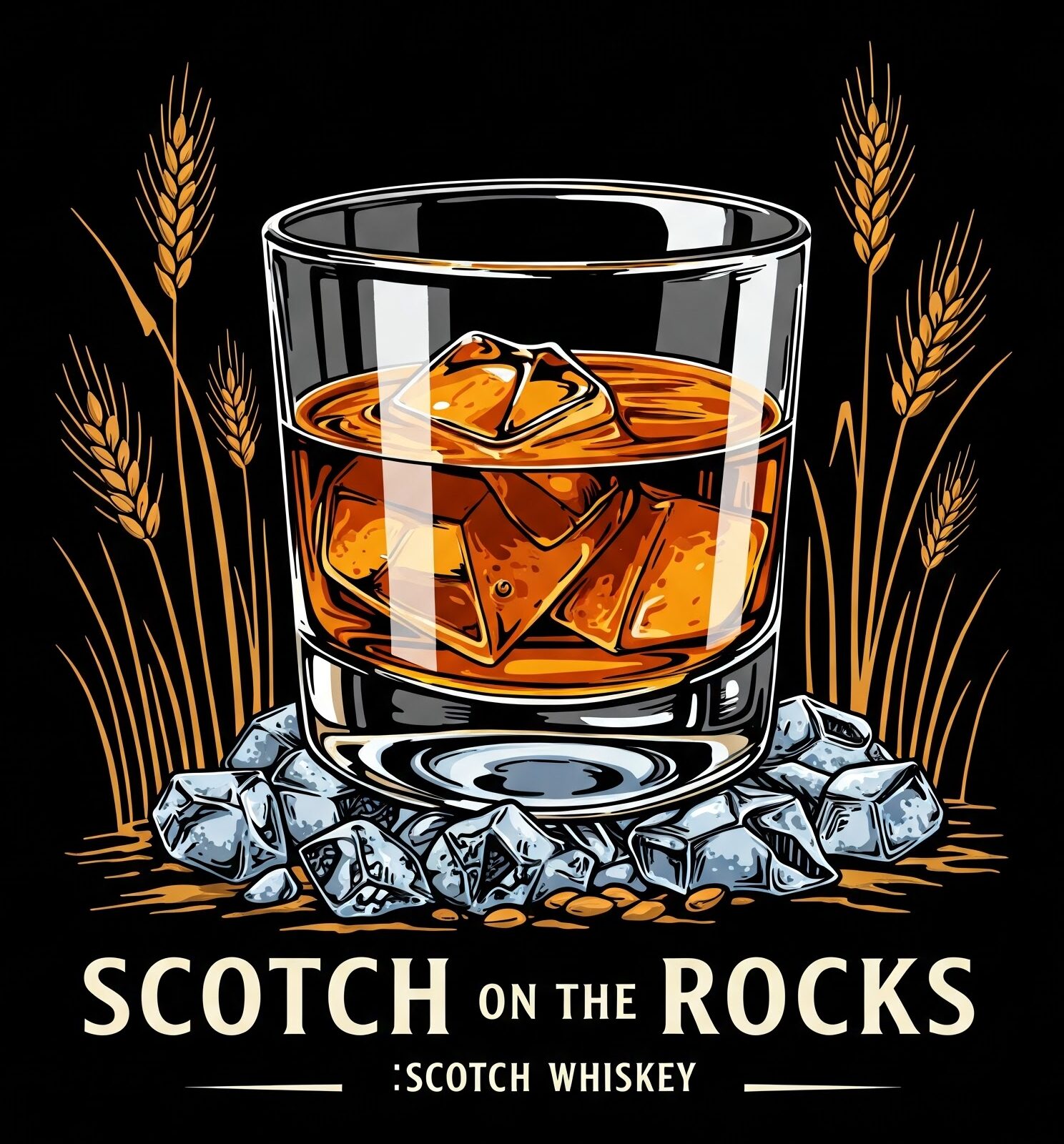
Whiskey in the Shadows – The Prohibition Era and the Spirit That
When the clock struck midnight on January 17, 1920, the United States went dry. The 18th Amendment and the Volstead Act ushered in a new era—Prohibition—banning the manufacture, sale, and transport of alcoholic beverages across the country. For whiskey, once the pride of American distillers and the centerpiece of celebrations, this was a catastrophe.
But if history has taught us anything, it’s this: you can’t keep a good spirit down.
⸻
Why Prohibition Happened
Prohibition didn’t happen overnight. It was the result of decades of activism led by religious groups, politicians, and the Temperance Movement, which claimed alcohol was the root of poverty, crime, and moral decline.
The movement gained ground throughout the 1800s, particularly in rural and conservative areas. By the early 20th century, World War I had added patriotic fuel to the fire. Grains were needed for food, not booze, they said. And with many breweries having German ties, they were easy targets.
In 1919, the 18th Amendment was ratified. One year later, Prohibition was law.
⸻
The Impact on Whiskey
For American whiskey producers—especially those in Kentucky and Tennessee—Prohibition was devastating. Distilleries that had thrived for generations were forced to shut their doors. Workers lost jobs, barrels of aging whiskey were destroyed, and a once-proud industry crumbled overnight.
But not all whiskey disappeared…
⸻
Medicinal Whiskey: A Legal Loophole
The U.S. government allowed a few licensed distilleries to continue operations—but only to produce medicinal whiskey. Yes, you could still get a bottle of whiskey from your doctor, with a prescription.
Pharmacies like Walgreens exploded in popularity. Some distilleries, like Brown-Forman (Old Forester) and Frankfort Distillery (Four Roses), managed to survive on these licenses. Their survival meant that when Prohibition ended, they were among the few ready to bounce back.
⸻
Bootleggers, Moonshine, and Speakeasies
Of course, Americans didn’t stop drinking. They just stopped drinking legally.
Enter the bootleggers, moonshiners, and rum-runners. Entrepreneurs—legal and otherwise—filled the void left by shuttered distilleries. Some smuggled whiskey from Canada or Scotland; others made it themselves in backwoods stills.
Meanwhile, in cities, speakeasies (secret bars) flourished behind hidden doors and coded passwords. These underground clubs gave birth to some of the most famous whiskey cocktails we still drink today—like the Old Fashioned, Manhattan, and Whiskey Sour.
It was illegal, but it was also glamorous, wild, and rebellious.
⸻
The Downfall of Prohibition
By the late 1920s, Prohibition had become a national joke. Organized crime was thriving. Corruption was rampant. And Americans were clearly still drinking.
Then came the Great Depression. The government desperately needed tax revenue, and the legal alcohol industry—especially whiskey—offered it. Public opinion had shifted, and the demand to end Prohibition grew louder.
In 1933, the 21st Amendment repealed the 18th. Prohibition was over.
⸻
After the Dry Years: A Slow Comeback
Although repeal brought celebration, the damage to the whiskey industry was deep. Many distilleries were gone for good. Consumer tastes had shifted to lighter spirits like vodka and gin, which were easier to produce and had become trendy during the speakeasy era.
It would take decades—and a few passionate revivalists—for whiskey to fully reclaim its place in the American glass.
⸻
Legacy of Prohibition
The Prohibition Era remains one of the most fascinating chapters in whiskey’s history:
• It gave rise to legendary outlaws and bootleggers.
• It changed how alcohol was regulated forever.
• And it taught the industry how to survive against all odds.
Today, many of the distilleries that lived through Prohibition wear that survival like a badge of honor. Some even bottle “medicinal-style” whiskey as a tribute to that gritty past.
⸻
Final Sip
Prohibition tried to silence whiskey—but instead, it gave the spirit a story. A story of resistance, resilience, and rebirth. So the next time you pour a glass of bourbon or rye, remember: you’re not just enjoying a drink. You’re tasting history.
